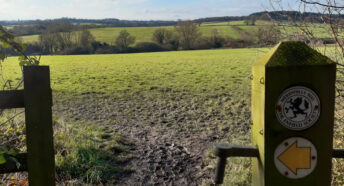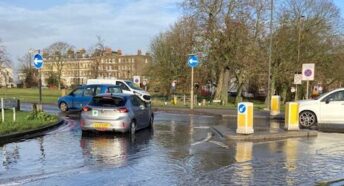Is London ready for climate change?
CPRE London was pleased to contribute to the London Climate Resilience Review published recently by the GLA.
This is important work which covers a great deal of high level action needed, from rainwater (surface) flooding to tidal and sea level rises and extreme weather. We support the important recommendations proposed and have submitted the following comments by way of feedback, on key issues we felt needed more recognition.
- The new London Plan must designate large green spaces for habitat creation, flood management and tree cover. Currently swathes of protected Green Belt and Metropolitan Open Land have no clear identity or function and many have been bought by developers, deliberately taken out of use and sometimes fenced off. They are a huge opportunity, critical to delivering climate resilience and securing nature’s recovery, and need to be recognised as such in the London Plan and Local Plans.
- Much of London has been paved over to accommodate cars, reducing its porousness. Paving over creates an urban heating island and also cars increase heat when moving (when fuel is converted to heat) and parked (when metal heats up and then emits heat). Reducing car use and car ownership in London is critical to managing heat and flooding. Transport strategy should link to climate resilience strategy, and both should recognise the need to dramatically reduce paved surface (roads and parking spaces) and replace it with natural surface (soil, planting, trees, SUDS).
- The role front and back gardens play in delivering climate resilience should be specifically recognised, not least because further paving over of front gardens will negate the impact of new rain gardens, but also because the reinstatement of gardens to natural surface (soil, planting) is part of the solution to flood management. Equally it should be recognised that both supposedly ‘porous’ and run-off surfaces, installed in front gardens converted for parking, become ineffective over time and can fail entirely in heavy rain. Given that front gardens need to provide habitat and air cooling, as well as drainage, the Mayor should seek powers to reinstate front gardens i.e. as soft landscaped / green and introduce a policy in the London Plan to halt the conversion of front gardens for parking AND reinstate front gardens and/or pressure Government to change the current regulations. London needs also to achieve a major reduction in car ownership (as part of the Mayor’s Transport Strategy) so discouraging the allocation of space for car parking is also important from that perspective.









